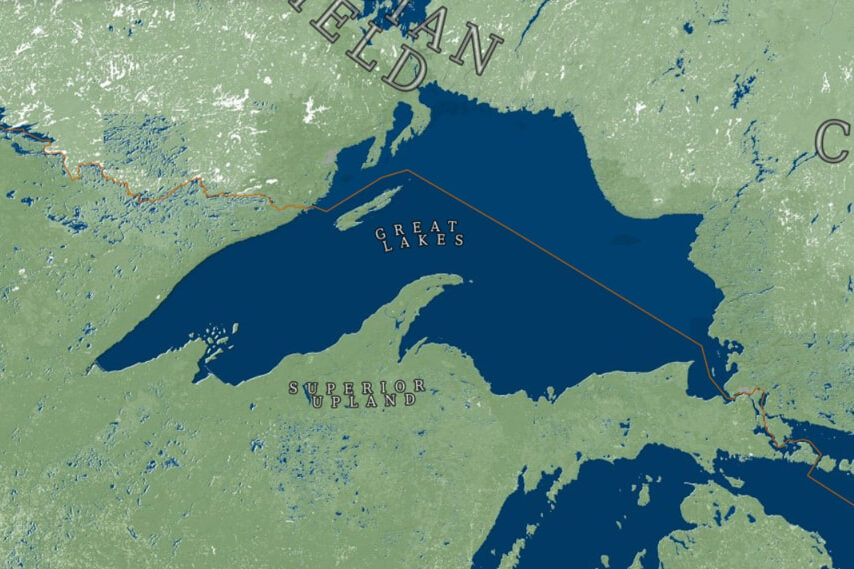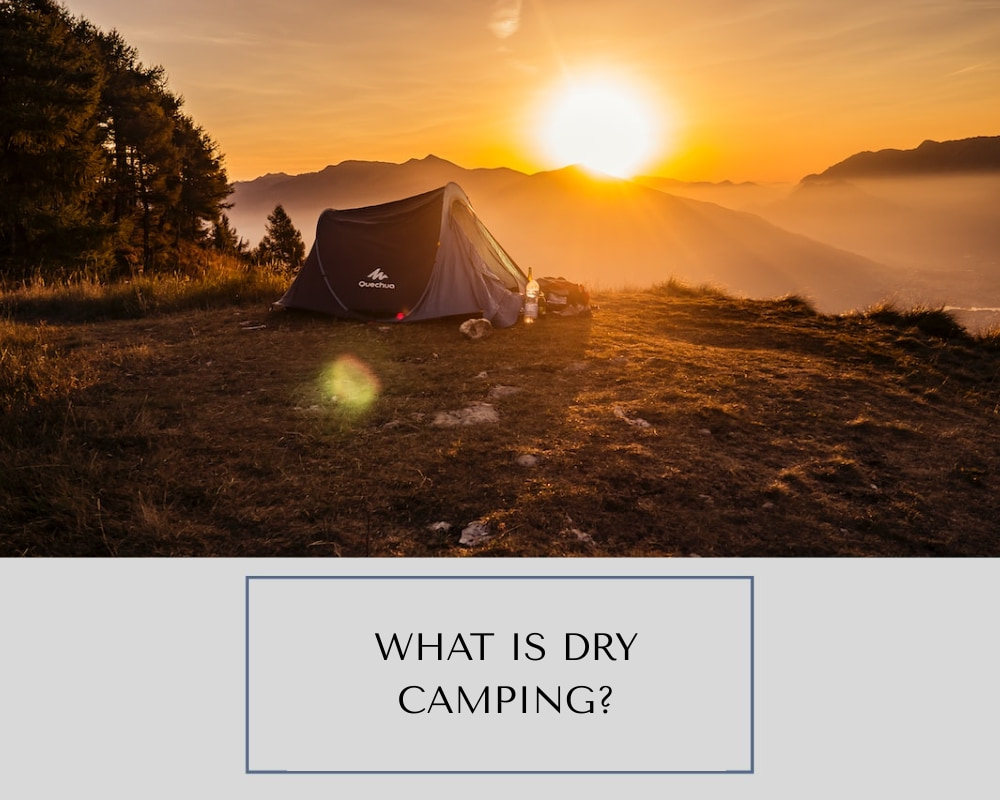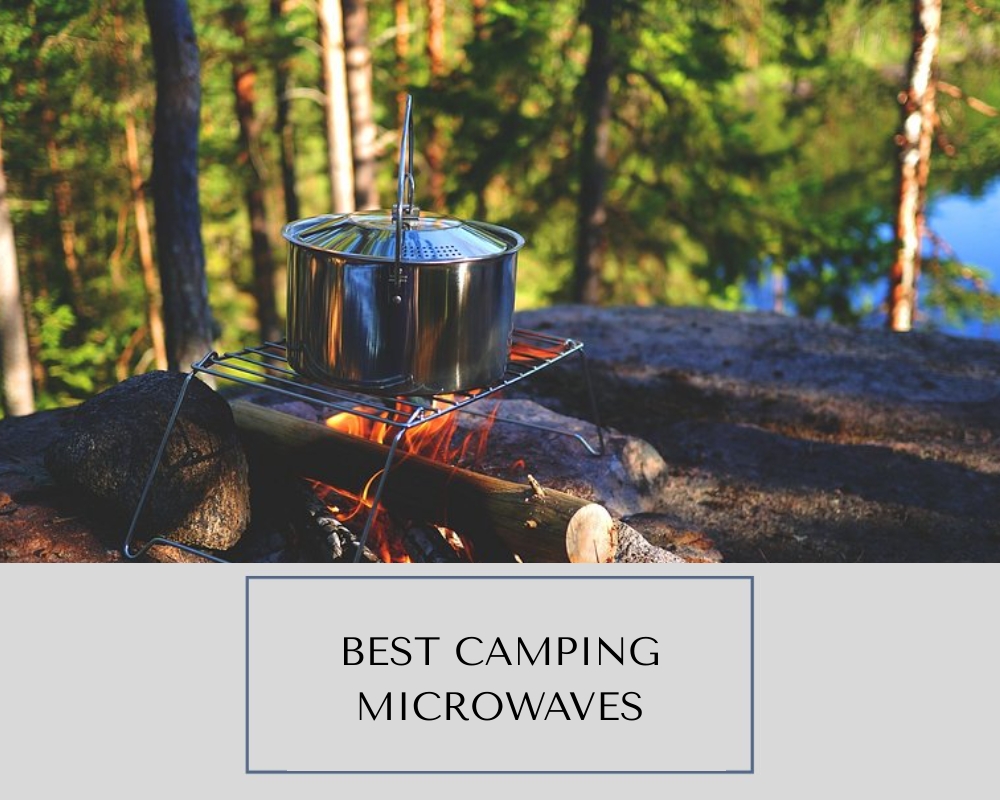Dry camping, also known as boondocking, dispersed camping, or wild camping, is a unique and adventurous way of experiencing the great outdoors. Unlike traditional camping in established campgrounds with amenities, dry camping involves camping in remote, off-grid locations with no access to water, electricity, or sewer hookups. In this article, we will explore what dry camping is all about, the equipment needed, preparation, tips for a successful experience, and popular dry camping destinations.
Dry Camping Definition
Dry camping, often referred to as boondocking, dispersed camping, or wild camping, is a form of outdoor recreational activity where individuals or groups set up camp in remote, off-grid locations, typically in natural or wilderness areas, without access to essential amenities such as water, electricity, or sewer hookups. Unlike traditional camping in established campgrounds, dry camping involves self-sufficiency and the use of one’s own resources for sustenance and comfort. Campers who choose dry camping are drawn to the adventure, solitude, and unspoiled connection with nature it offers despite the unique challenges it presents.
The defining characteristic of dry camping is the absence of utility hookups commonly found in traditional campsites. Campers must rely on their own supplies of water, power, and waste disposal solutions, making it necessary to plan and prepare carefully for their journey. Dry camping enthusiasts embrace this style of camping to experience the beauty and tranquility of remote locations while also reducing the environmental impact by practicing responsible waste management and conservation.
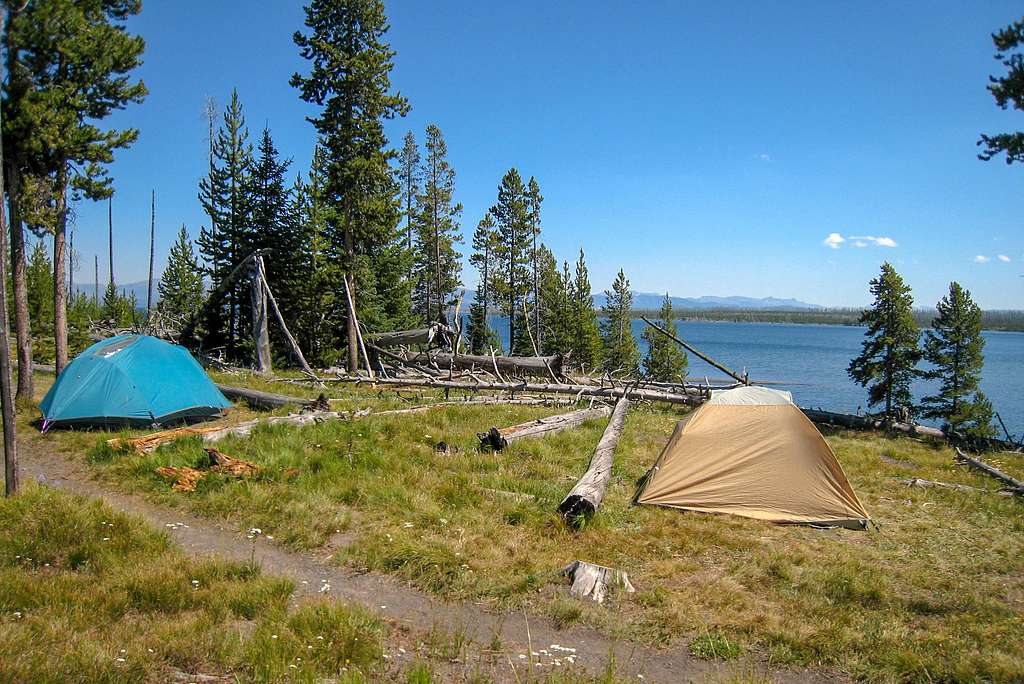
Advantages of Dry Camping
| Advantages | Description |
|---|---|
| 1. Connection with Nature | Offers an unspoiled and immersive experience in natural settings. |
| 2. Solitude and Peace | Escape from crowded campgrounds and noisy environments. |
| 3. Self-Sufficiency | Encourages self-reliance and resourcefulness. |
| 4. Reduced Costs | Typically cheaper or even free, as no campground fees are involved. |
| 5. Unique Locations | Access to remote and scenic locations not found in campgrounds. |
Disadvantages of Dry Camping
| Disadvantages | Description |
|---|---|
| 1. Lack of Amenities | No access to water, electricity, or sewer hookups, requiring campers to bring their own resources. |
| 2. Limited Comfort | Basic facilities may be lacking, making it necessary to adapt to a more rustic and minimalist lifestyle. |
| 3. Resource Management | Requires careful management of water, power, and waste disposal, which can be challenging. |
| 4. Environmental Impact | Inexperienced campers may not follow Leave No Trace principles, potentially harming the environment. |
| 5. Legal and Safety Issues | Campers must be aware of regulations and potential safety concerns in remote areas. |
Choosing the Right Location
Here are the seven essential points to consider when choosing a location for dry camping:
- Local Regulations: Research and comply with local regulations and permit requirements.
- Access to Water: Ensure proximity to a water source for drinking, cooking, and cleaning.
- Terrain and Environment: Consider the terrain and environment, and choose a spot that matches your preferences and poses no significant challenges.
- Safety and Wildlife: Be aware of potential safety concerns and local wildlife, and take necessary precautions.
- Scenic Beauty: Select a location with stunning natural beauty that aligns with your preferences.
- Accessibility: Ensure your chosen spot is accessible with your vehicle or equipment.
- Leave No Trace: Follow Leave No Trace principles to minimize your environmental impact, pack out trash, and dispose of waste responsibly.
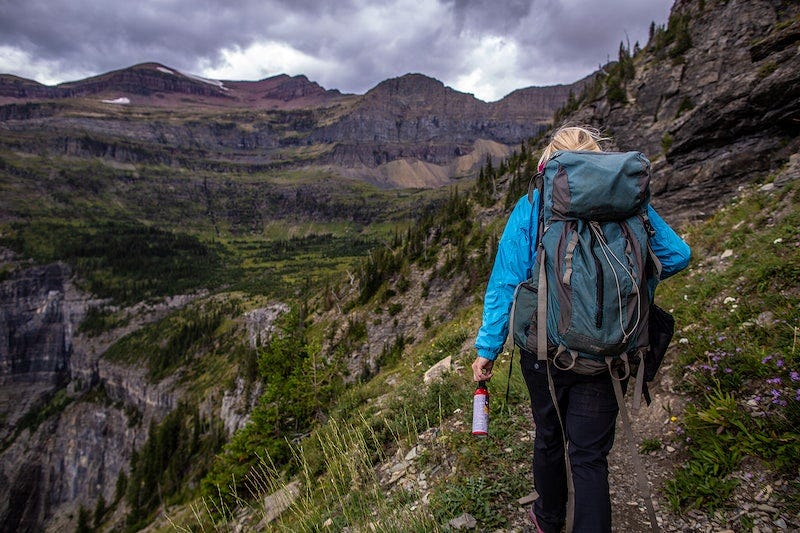
Essential Equipment for Dry Camping
Water Storage and Conservation
One of the primary challenges of dry camping is the availability of water. Campers need to carry sufficient water for drinking, cooking, and cleaning. Effective water conservation techniques are crucial in making your supply last throughout your trip.
Power Sources and Consumption
Dry camping often means no electrical hookups. To power essential appliances and devices, you’ll need alternative sources like solar panels or generators. Managing power consumption is vital to avoid running out of energy.
Waste Disposal
Proper waste disposal is a critical aspect of dry camping. You must pack out all your trash and follow Leave No Trace principles. A portable toilet and knowledge of responsible waste disposal are essential.
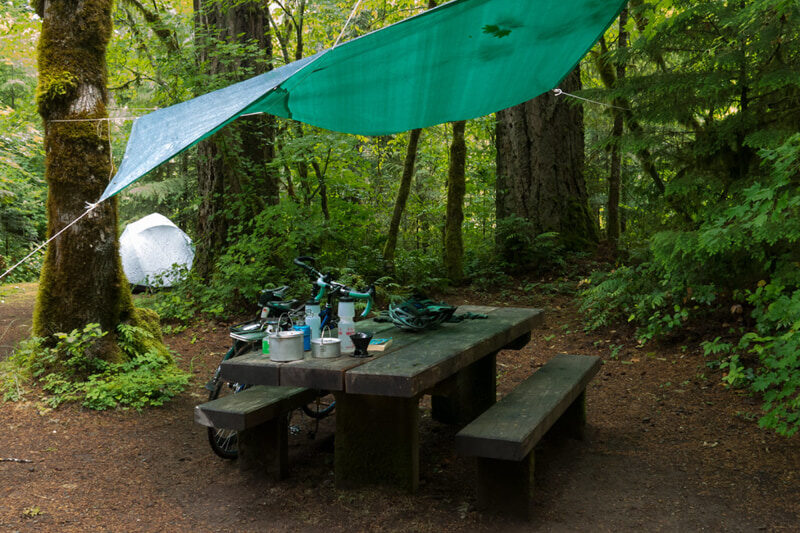
Preparing for a Dry Camping Trip
Planning and Permits
Planning is key to a successful dry camping adventure. Ensure you have the necessary permits and are aware of any regulations for the area you plan to visit. This helps avoid legal issues and protects the environment.
Packing Essentials
Packing smart is essential. Include camping gear, food, clothing, and personal items. Also, consider safety equipment and first-aid supplies.
Safety Considerations
Dry camping can be adventurous, but safety should never be compromised. Be prepared for emergencies, understand the local wildlife, and have communication devices at hand.

Tips for a Successful Dry Camping Experience
Water-Saving Tips
Learn how to stretch your water supply by using it efficiently. Use biodegradable soaps, take short showers, and reuse water where possible.
Energy-Efficient Practices
Maximize your power resources by using energy-efficient appliances and LED lighting. Prioritize essential devices and limit unnecessary power consumption.
Cooking and Meal Planning
Plan meals that require minimal water and power. Consider dishes that can be prepared with a campfire or portable stove. Don’t forget to bring non-perishable food items.
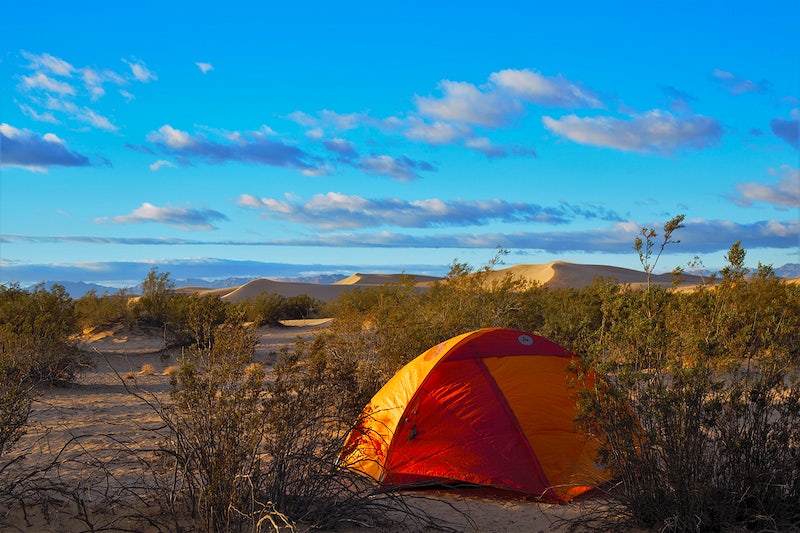
Popular Dry Camping Destinations
National Parks and Public Lands
Many national parks and public lands offer dry camping opportunities. Research online, check with local authorities and consider using camping apps to locate suitable areas. Follow park regulations for a unique and serene experience.
Beach and Desert Locations
Dry camping by the beach or in the desert can provide stunning scenery. However, you must be prepared for specific challenges like sandy terrain or high winds. Proper equipment and planning are essential.
Boondocking Opportunities
Boondocking is a popular form of dry camping, often in more remote and wild areas. It’s a fantastic way to truly disconnect and enjoy nature. Research and plan for an adventure that aligns with your camping style.
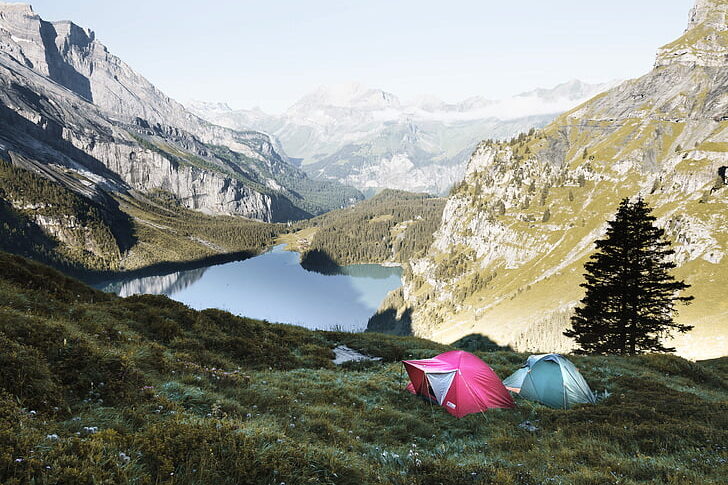
Final Thoughts
Dry camping is not for the faint of heart, but it offers an unparalleled opportunity to connect with nature and explore remote and beautiful locations. With the right equipment, preparation, and mindset, you can embark on an unforgettable adventure in the great outdoors.
